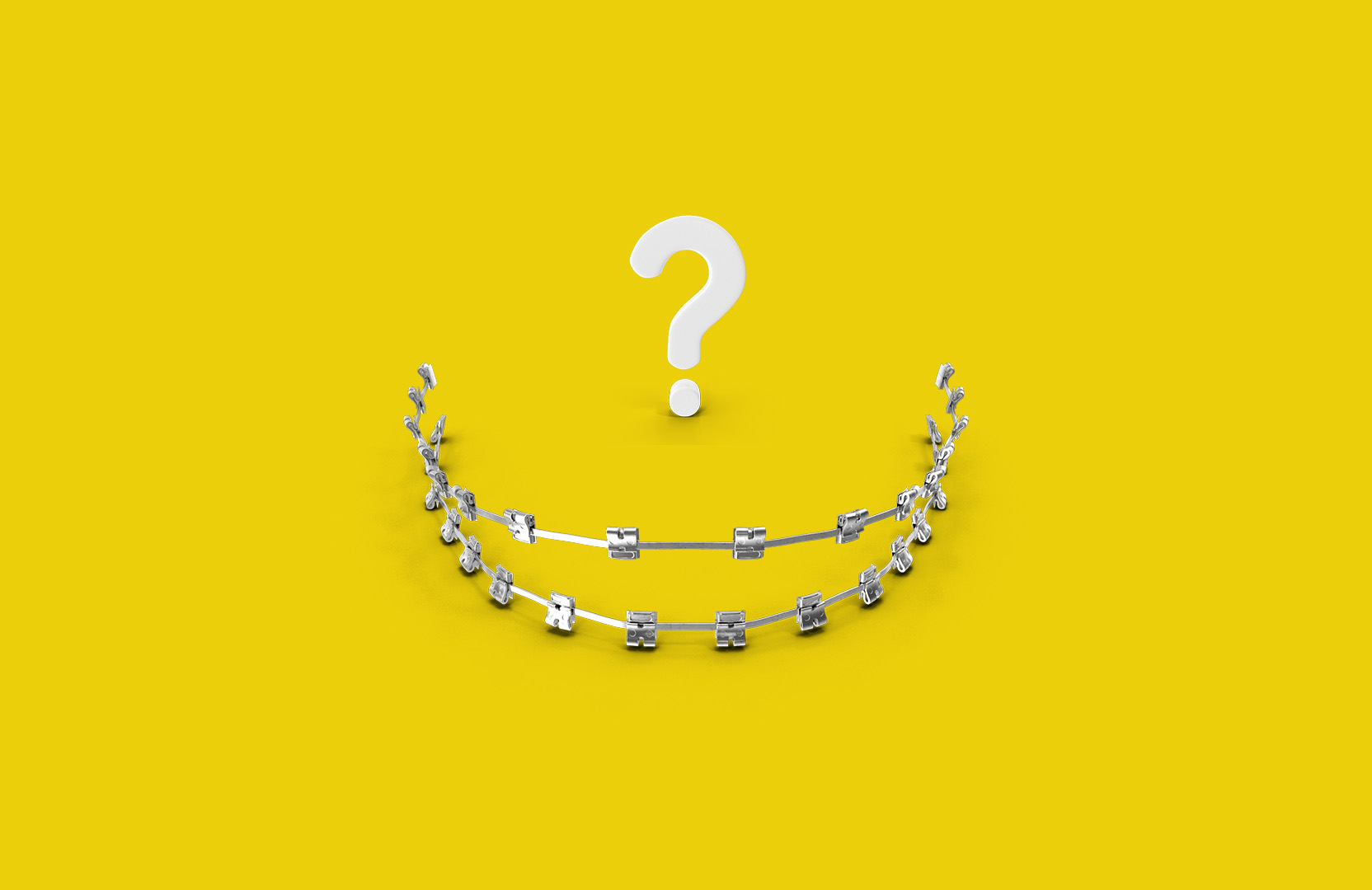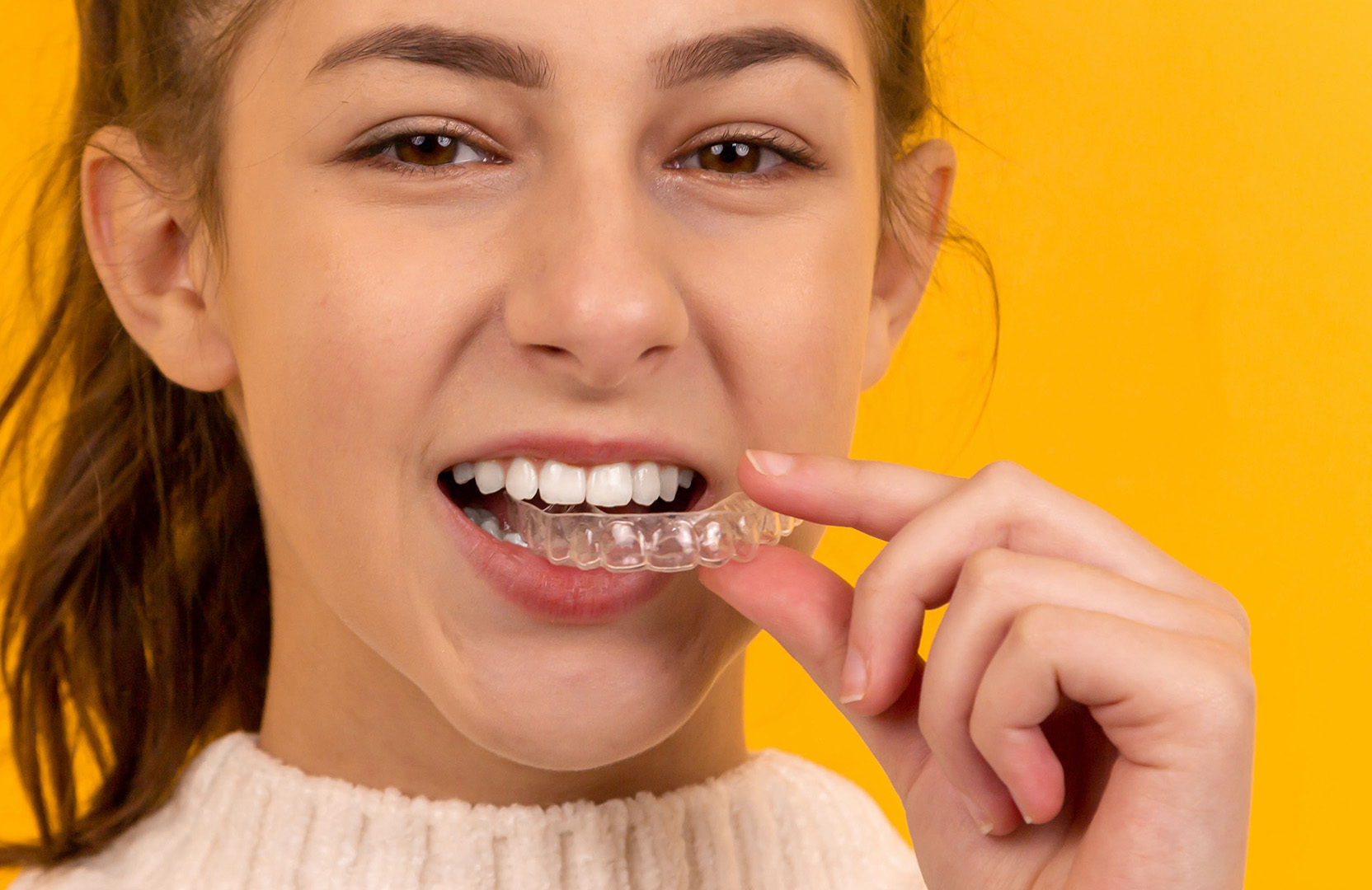A child’s teeth begin forming in the womb, and can emerge at as early as four months old. This means that proper dental care and hygiene begin long before your child is old enough to brush their own teeth, and preventing dental issues can be more complex than you may imagine.
Preventative care means more than just brushing, flossing, and avoiding too many sweets. For your child, preventative care begins even before birth, and should be completed regularly and thoroughly to prevent dental damage. Read on to learn how you can help prevent dental issues for your child.
Perinatal care
Mothers pass on plenty of traits to their children– sometimes eye color, hair color, freckles, and other visible traits. But, as you probably know, the health and care of a pregnant woman greatly affects her growing baby, and that extends to oral health, too!
A pregnant woman should receive oral healthcare and counseling during pregnancy, according to the American Academy of Pediatric Dentistry (AAPD). Research has shown evidence that periodontal disease can increase the risk of preterm birth and low birth weight. Additionally, a mother has the potential to pass on cavity-causing bacteria to her baby. Because of this, a comprehensive oral care routine and regular dental care are vital for expecting mothers.
Mother’s should follow these simple steps to decrease the risk of spreading cavity-causing bacteria:
- Visit your dentist regularly.
- Brush and floss on a daily basis to reduce bacterial plaque.
- Proper diet, with the reduction of beverages and foods high in sugar & starch.
- Use a fluoridated toothpaste recommended by the ADA and rinse every night with an alocohol-free, over-the-counter mouth rinse with .05 % sodium fluoride in order to reduce plaque levels.
- Don’t share utensils, cups or food which can cause the transmission of cavity-causing bacteria to your children.
- Use of xylitol chewing gum (4 pieces per day by the mother) can decrease a child’s caries rate.
Toothpaste
Choosing the right toothpaste for your child doesn’t have to be difficult. Although it is true that many toothpastes contain harsh abrasives that can wear down young childrens’ tooth enamel, an easy way to avoid issues is to choose an ADA approved toothpaste. This approval will be designated right on the label!
Fluoride is a common ingredient found in toothpaste. Fluoride is a naturally occurring element that is shown to prevent tooth decay by as much as 50-70%. It’s important to strike the right balance with fluoride– too little and teeth will not be protected against cavities, too much and fluorosis can occur, which can lead to chalky white (or brown in advanced cases) staining on permanent teeth.
You can help by using a fluoride toothpaste and only a smear of toothpaste (the size of a grain of rice) to brush the teeth of a child less than 3 years of age. For children 3 to 6 years old, use a “pea-size” amount of toothpaste and perform or assist your child’s toothbrushing. Remember that young children do not have the ability to brush their teeth effectively on their own. Children should spit out and not swallow excess toothpaste after brushing, in order to avoid fluorosis.
Brushing Tips:
- Starting at birth, clean your child’s gums with a soft cloth and water.
- As soon as your child’s teeth erupt, brush them with a soft-bristled toothbrush.
- If they are under the age of 2, use a small “smear” of toothpaste.
- If they’re 2-5 years old, use a “pea-size” amount of toothpaste.
- Be sure and use an ADA-accepted fluoride toothpaste and make sure your child does not swallow it.
- When brushing, the parent should brush the child’s teeth until they are old enough to do a good job on their own.
Flossing Tips:
- Flossing removes plaque between teeth and under the gumline where a toothbrush can’t reach.
- Flossing should begin when any two teeth touch.
- Be sure and floss your child’s teeth daily until he or she can do it alone.
Cavity and decay prevention
Children typically wean from a baby bottle to a sippy cup before making the transition to regular cups. It’s imperative to your child’s oral health to properly clean their teeth and gums after feeding. If children receive a bottle overnight, be sure only to fill it with water. The same goes for sippy cups– never give juice or milk in a sippy cup throughout the day, and try to limit their consumption to mealtimes. These measures help prevent tooth decay and cavities in young children.
Besides fluoride as mentioned above, another tool to help prevent cavities is a sugar alternative called xylitol. The American Academy of Pediatric Dentistry (AAPD) recognizes the benefits of xylitol on the oral health of infants, children, adolescents, and persons with special health care needs. The use of xylitol gum by mothers (2-3 times per day) starting 3 months after delivery and until the child was 2 years old, has proven to reduce cavities up to 70% by the time the child was 5 years old.
Studies using xylitol as either a sugar substitute or a small dietary addition have demonstrated a dramatic reduction in new tooth decay, along with some reversal of existing dental caries. Xylitol provides additional protection that enhances all existing prevention methods. This xylitol effect is long-lasting and possibly permanent. Low decay rates persist even years after the trials have been completed.
Xylitol is widely distributed throughout nature in small amounts. Some of the best sources are fruits, berries, mushrooms, lettuce, hardwoods, and corn cobs. One cup of raspberries contains less than one gram of xylitol.
Studies suggest xylitol intake that consistently produces positive results ranged from 4-20 grams per day, divided into 3-7 consumption periods. Higher results did not result in greater reduction and may lead to diminishing results. Similarly, consumption frequency of less than 3 times per day showed no effect.
To find gum or other products containing xylitol, try visiting your local health food store or search the Internet to find products containing 100% xylitol.
In addition to xylitol, limiting problematic habits, and using fluoride toothpaste, dentists can offer you the opportunity to seal out cavities with a protective coating. Sealants are typically applied to the back teeth (molars) along their grooves (chewing surfaces) to help block out acids, sugars, and other decay-causing substances.
Last but not least, healthy eating habits affect the entire body, including the teeth. Snacking is a main cause of cavities in children, and foods that stay in the mouth for a long time– like hard candies, lollipops, and popsicles– can have an even more detrimental effect on childrens’ teeth. Choosing snacks like vegetables, low-fat yogurt, and low-fat cheese, can help reduce acid attacks on the teeth and prevent cavities and decay.
Establishing a dental home
According to the American Academy of Pediatric Dentistry (AAPD), it’s important to establish a child’s dental home by one year of age. By then, baby teeth will have begun to emerge, and proper home care should be accompanied by expert dental care. A dental home refers to a place of dentistry and oral care where your child can feel comfortable. Establishing a dental home helps increase the chances of proper preventative and routine dental care in children.
Kennedy Dental Care is an ideal dental home. Our doctors and providers are trained in pediatric dentistry, and they love working with children and families to provide excellent dental care. Our staff is knowledgeable and friendly, and your little one is sure to love hanging out with our therapy dog, Scout, who helps kids feel more comfortable and at home in our office!
To learn more about how we provide Texas with the best smiles and dental experiences, click here and read all about Kennedy Dental Care.




